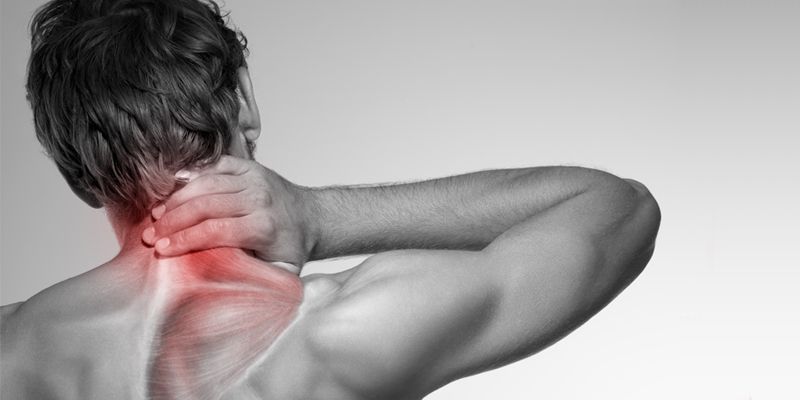Cervical Dystonia is a condition in which your neck muscles contract involuntarily and cause your head to twist or turn to one side or to tilt forward or backward (Source: MayoClinic). Usually, the sternocleidomastoid muscles spasm, which is a muscles that attaches to the jaw behind the ear and comes down to attach to the sternum/clavicle.
Symptoms of Cervical Dystonia
Often what we see is one particular side is one side is very spasmed and tight. As a result of this, the head might be in a side bend or rotated position. Cervial Dystonia can also be accompanied by:
- –head pain
- —neck pain
- –tightness in the head and neck
- –spasming of the surrounding muscles
- —headaches
What Causes Cervical Dystonia?
There are certain places you can develop spasms in the sternocleidomastoid muscle. When something is spasmed, it doesn’t allow good blood flow into that area. Blood is what brings the nutrients and all that good stuff for the muscle to heal. Without good blood flow, you can’t get good healing. When you don’t get good blood flow, you will basically have an irritated muscle which can irritate the nerves that run through this area and will cause pain.
We often find when people start developing the spasming, it can also cause lots of different symptoms including:
- —frontal headaches
- —over the ear headaches
- —headaches in the back
- —arthritic changes in the head and neck
- —changes in the muscles
Why does this happen?
Excessive botox treatment can cause weakening of some of the muscles that help with stabilizing your head and neck. When that stability goes away then you can develop other conditions that affect both the musculature and the joints of the neck, which are the vertebrae.
When different muscle are spasming and don’t allow the neck to be in a good posture, then you’ll start seeing joint changes. If there’s also weakening of the muscles that stabilize the head and neck, the combination can cause arthritic changes between the joints.
These arthritic changes can happen because there’s a lot of friction between the joints, that wears down the cartilage that cushions those joints. Down the line, you can also develop pinched nerves or herniated discs, which can trigger other symptoms, such as weakness in the hand, pain in the back of the shoulder blade, etc.
Managing Cervical Dystonia
It’s important to find the right combination of techniques done in the right sequence. At Rebalance, we treat the muscles and fascia of the neck as well as improve the mobility of any stiff or hyper mobile joints.
Are you suffering from cervical dystonia? Physical therapy might be able to help you manage your symptoms. Click here to schedule a complimentary phone consultation with one of our therapists.
















